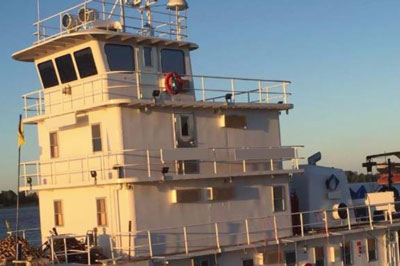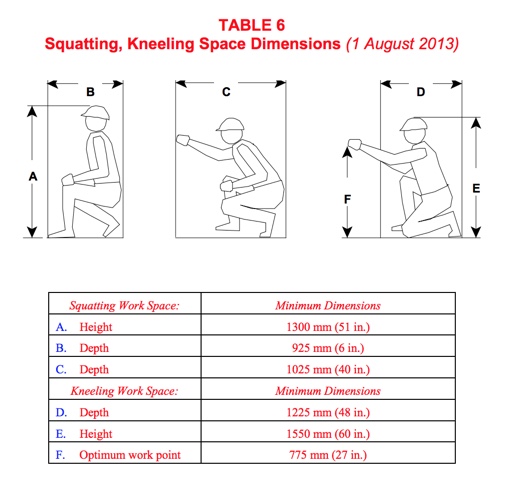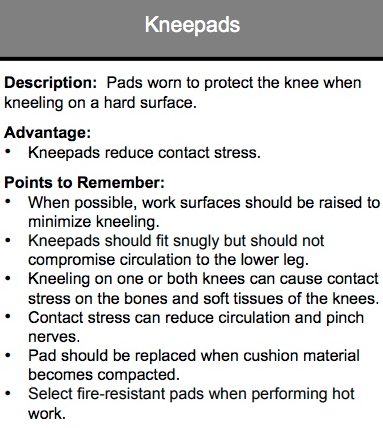Painting and sanding vessel railings for hours on end may seem benign and relatively safe work, especially when compared to the labor-intensive duties seamen often complete. But anyone who has performed this kind of labor can tell you it’s hard both on the knees and on the back, especially if there isn’t proper safety gear available.
Unfortunately for our client, sustained exposure to these repetitive motions and awkward positions caused his knee injury.
On the day of his injury, our client was working as a deckhand on a docked M/V on the Mississippi River. He had been assigned the task of sanding and painting the handrails and had spent several hours working on his knees.
When he went down a flight of stairs to retrieve an item on the level below, he felt a pop in his left knee and had to sit down. He immediately reported the injury to his captain, who agreed that our client should seek medical attention.
Client’s Knee Injury Made Him Lose His Job
Our client saw several doctors after the incident and was diagnosed with a lateral patellar subluxation/dislocation on his left knee.
In February 2017, his company terminated him, saying that he had “departed the vessel” without authorization. This happened despite the fact that our client had been on limited/light duty and had left for a doctor’s appointment for his knee injury.
They Could Have Prevented His Knee Injury But Chose Not To
Workplace musculoskeletal disorders (MSDs), such as our client’s knee injury, are well-documented and agencies such as OSHA and ABS have clear ergonomics guidelines to help reduce and prevent these injuries.
According to an expert in our case:
It is well established and widely known that working on your knees creates stress on the knee that increases the risk of musculoskeletal disorders. According to the National Institute of Occupational Health and Safety, continual stress on the knee can cause the bursa (the small sacs of fluid that lubricate the knee) to get squeezed, swollen, stiff, and inflamed. Workers who work frequently in these positions are at increased risk of bursitis, tendonitis, and arthritis.
Unfortunately for our client, his company did not follow these guidelines or take into consideration the risk factors, and he was injured as a result.
He Asked for Proper Safety Gear and Was Denied
Before working on the vessel railing, our client repeatedly asked the company to provide additional knee pads since the company had only one set for the entire crew to share. Our client even took the initiative to purchase his own knee pads but was told by a safety inspector that he could only use company-issued knee pads. Any competent ergonomics or safety analysis would have shown that this task carried significant risk of musculoskeletal injury. The company knew this and yet refused to use job aids (such as stools, kneeling creepers or knee pads) which would have prevented our client’s knee injury.
We Proved They Were at Fault and Won a $125,000 Settlement
In the end, our client’s knee healed completely with no restrictions. Even with the company arguing that our client sustained a “small” injury, we still won him a $125,000 knee injury settlement.
Quick Case Facts
- Settlement Amount: $125,000
- Claim Type: Jones Act
- Injury Type: Knee Injury
- Age: 42
- Job Position: Deckhand
- Accident Location: Mississippi River
- Vessel Type: M/V
- Company: Confidential
Our Team Can Help You Win Settlements for Workplace Injuries
If you’ve suffered a knee injury at work, you may be able to pursue a settlement and earn compensation. Our team has experience handling a variety of personal injury claims for maritime workers, ranging from minor knee injuries to more complex accidents. Contact our office online or call us at 504-680-4100 with any questions about your rights and choices after suffering a workplace injury.




